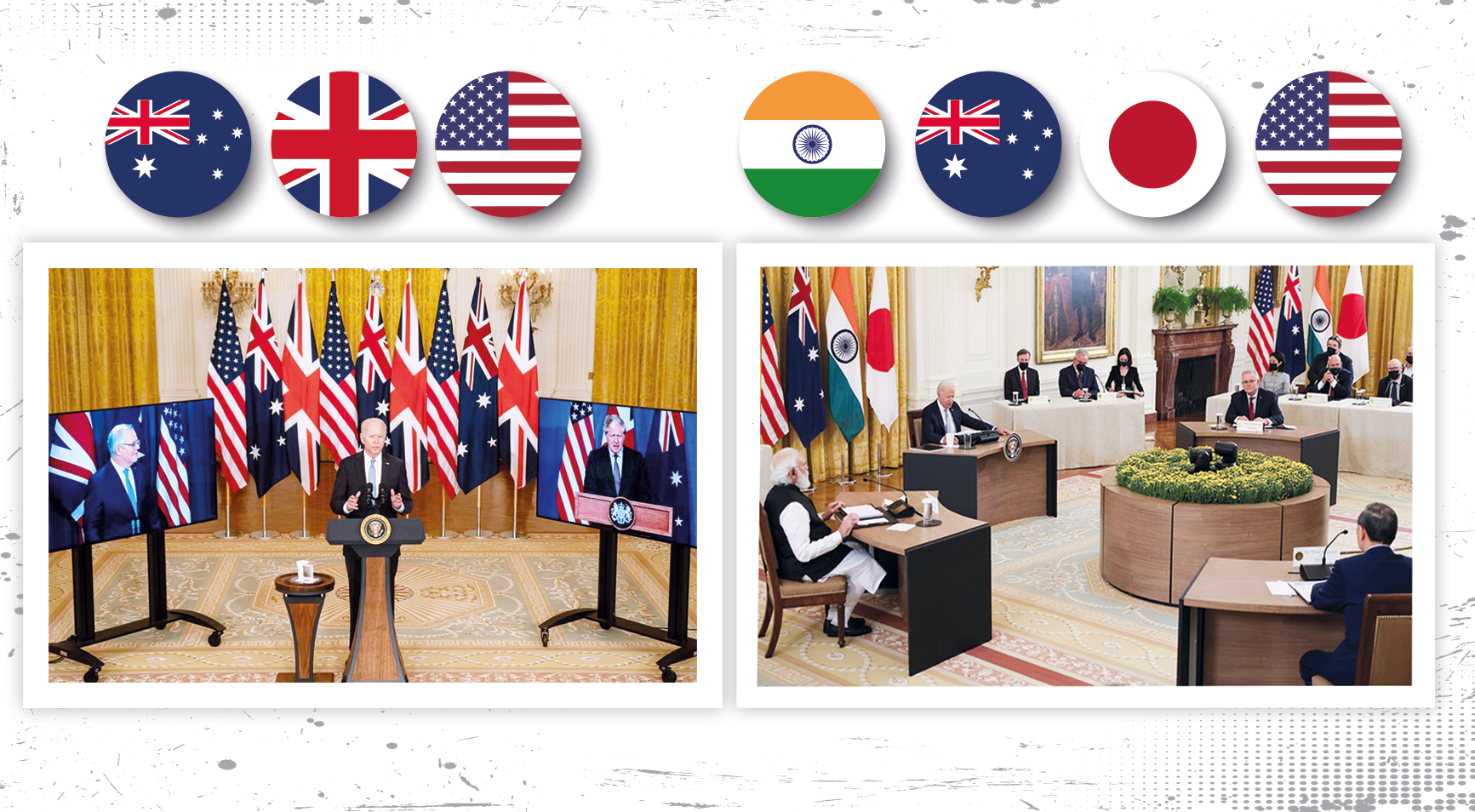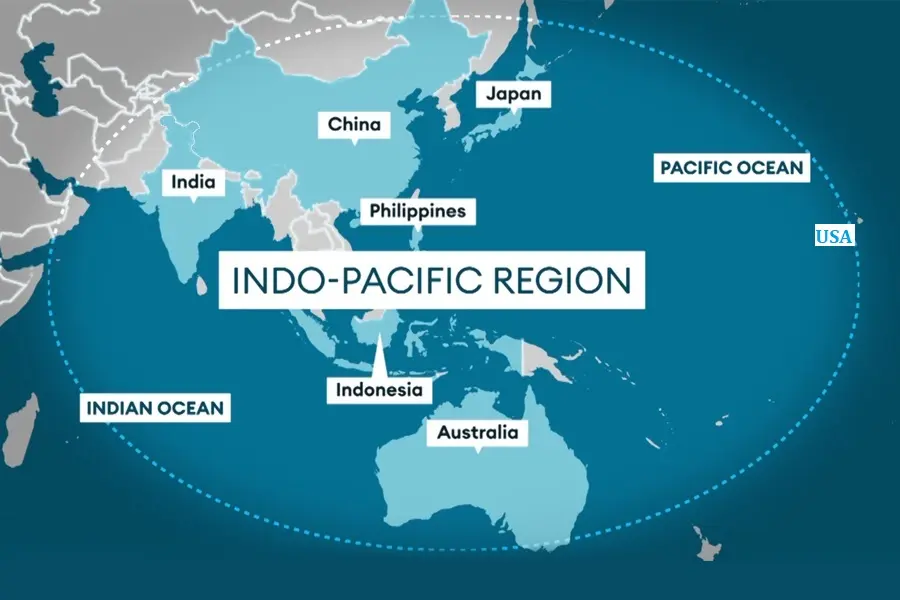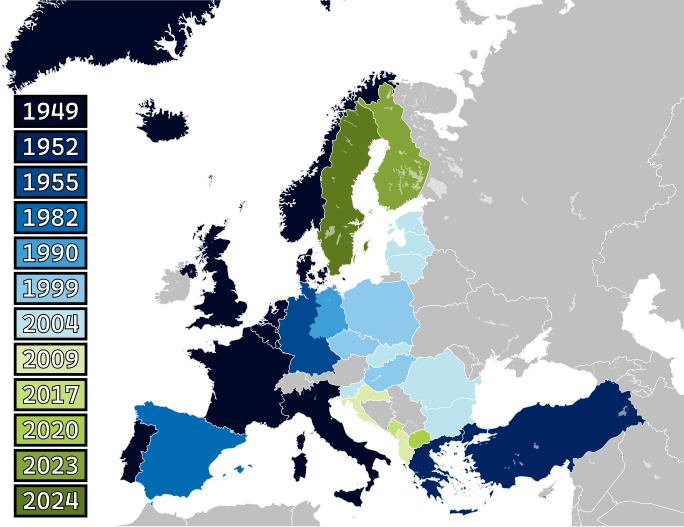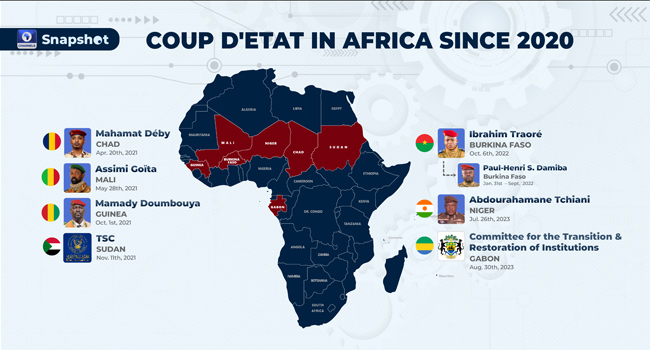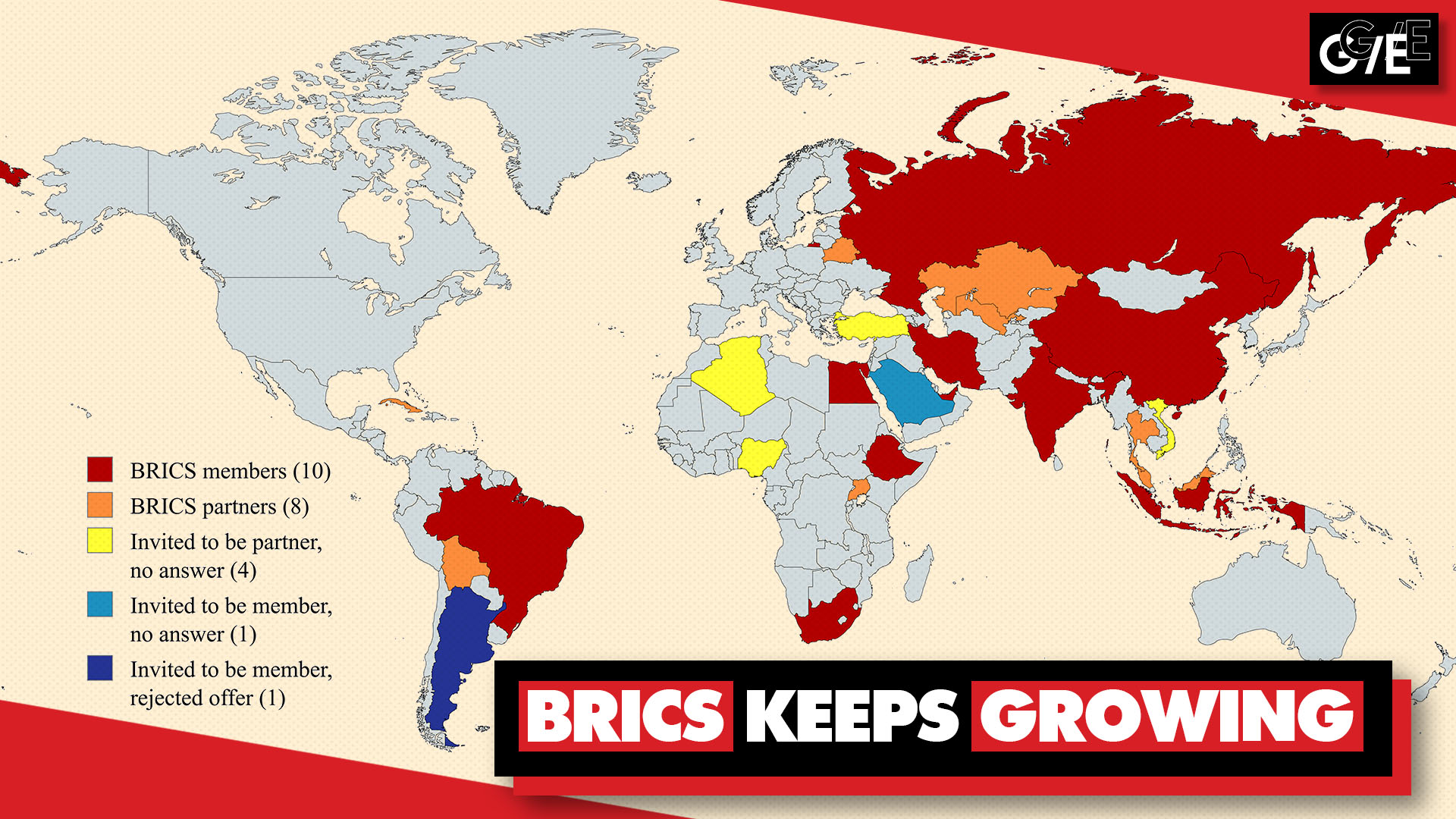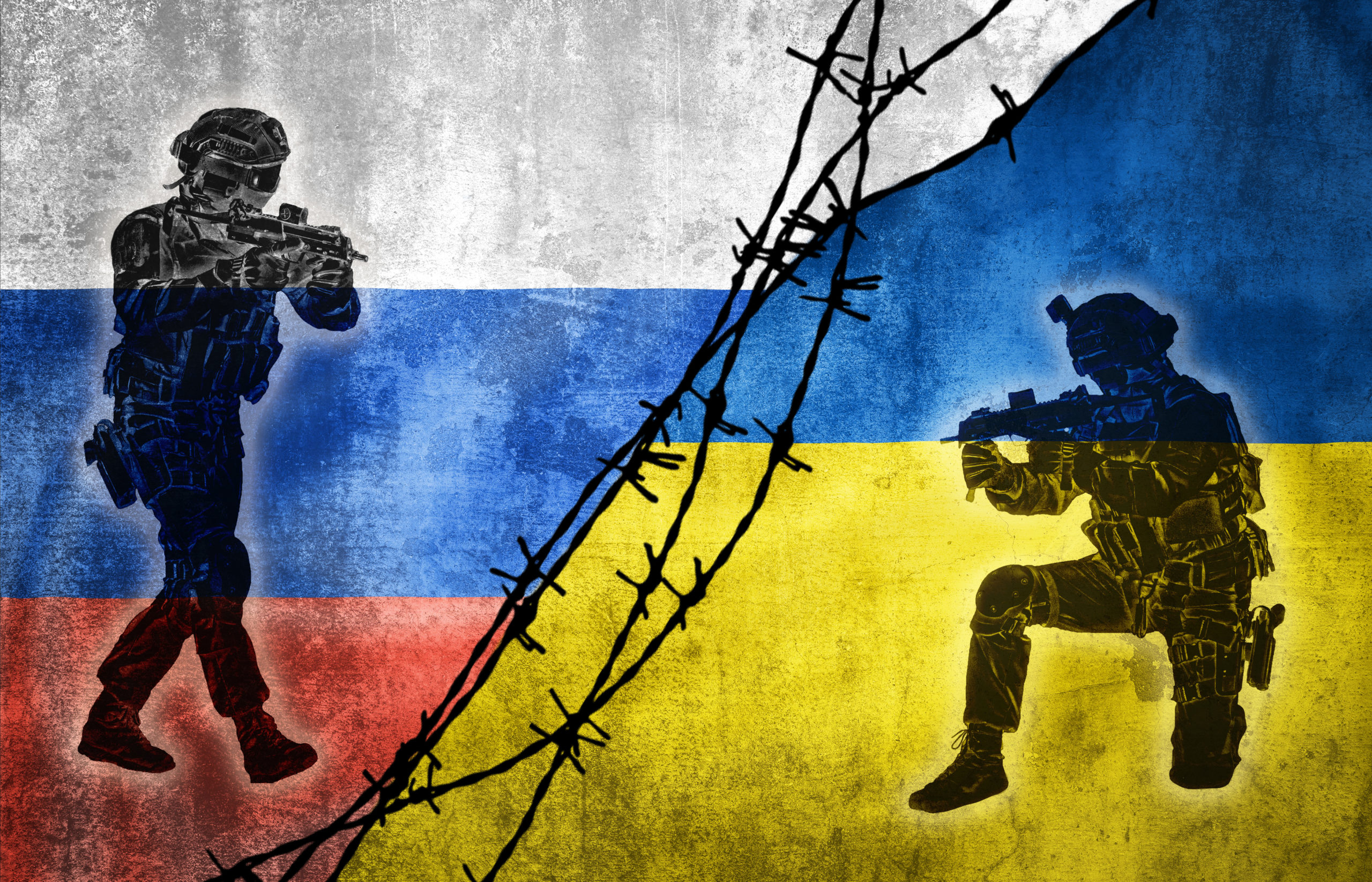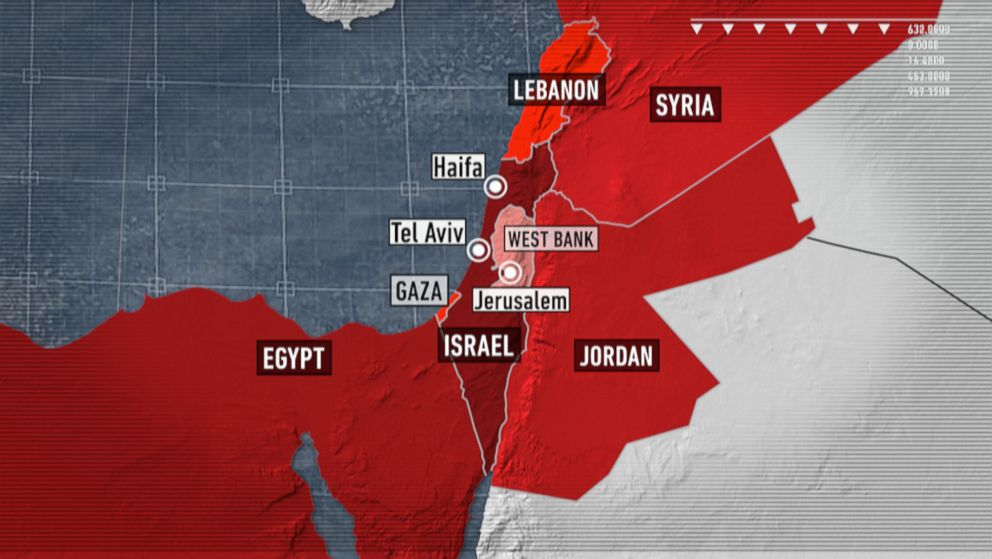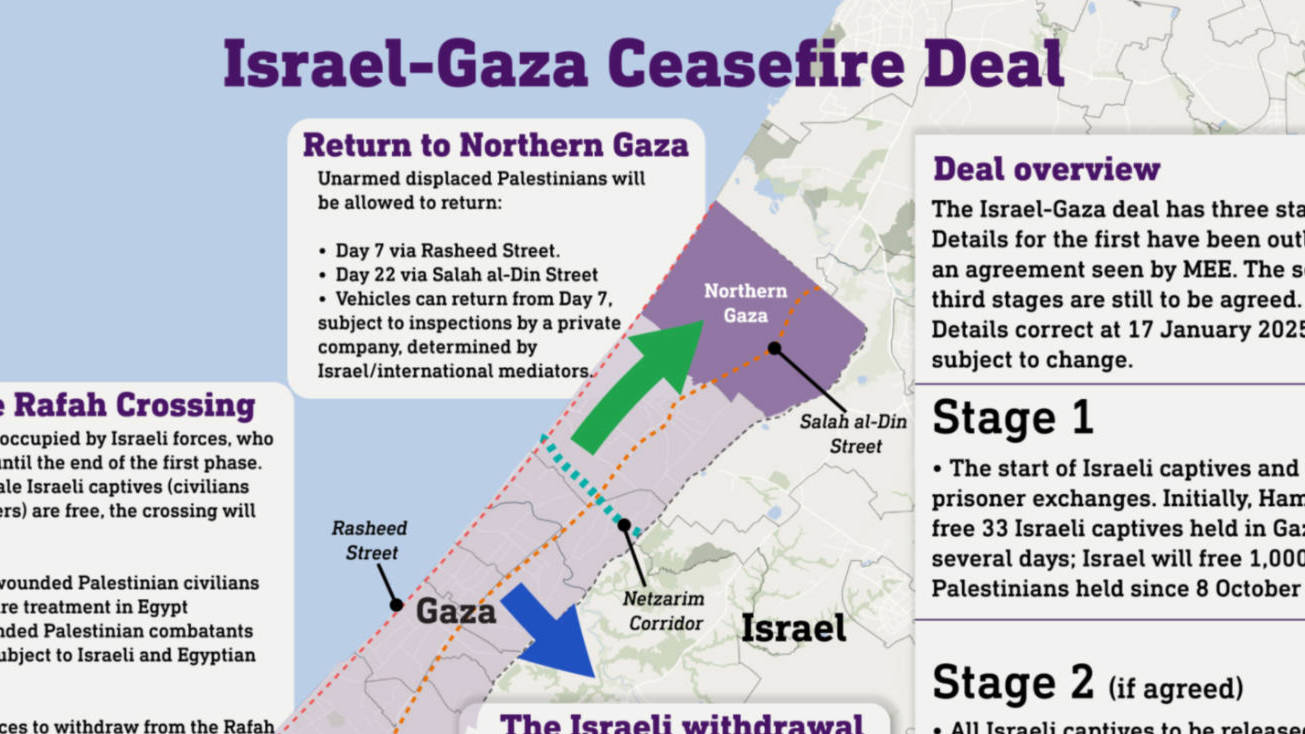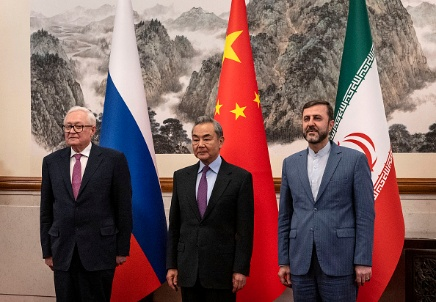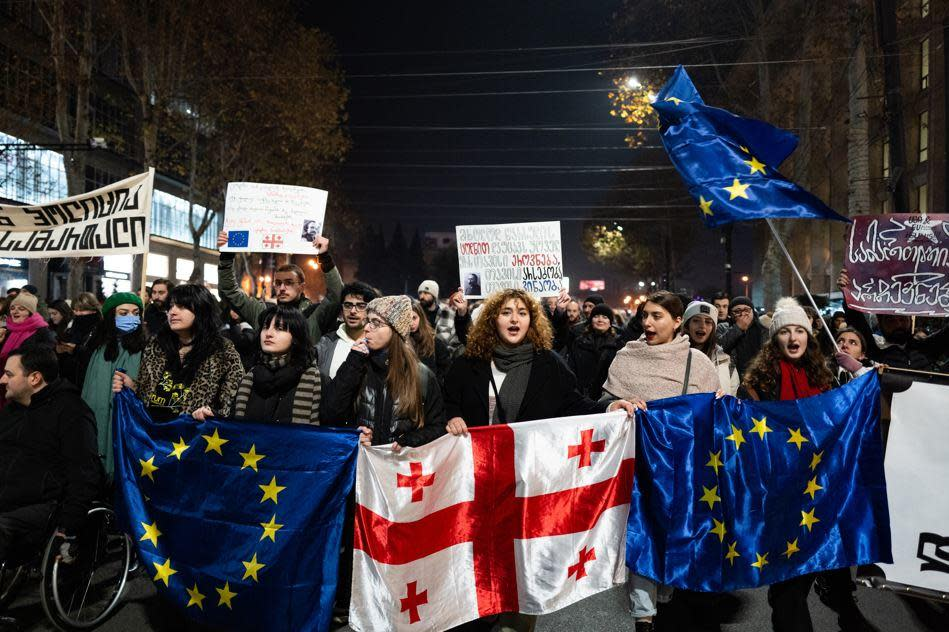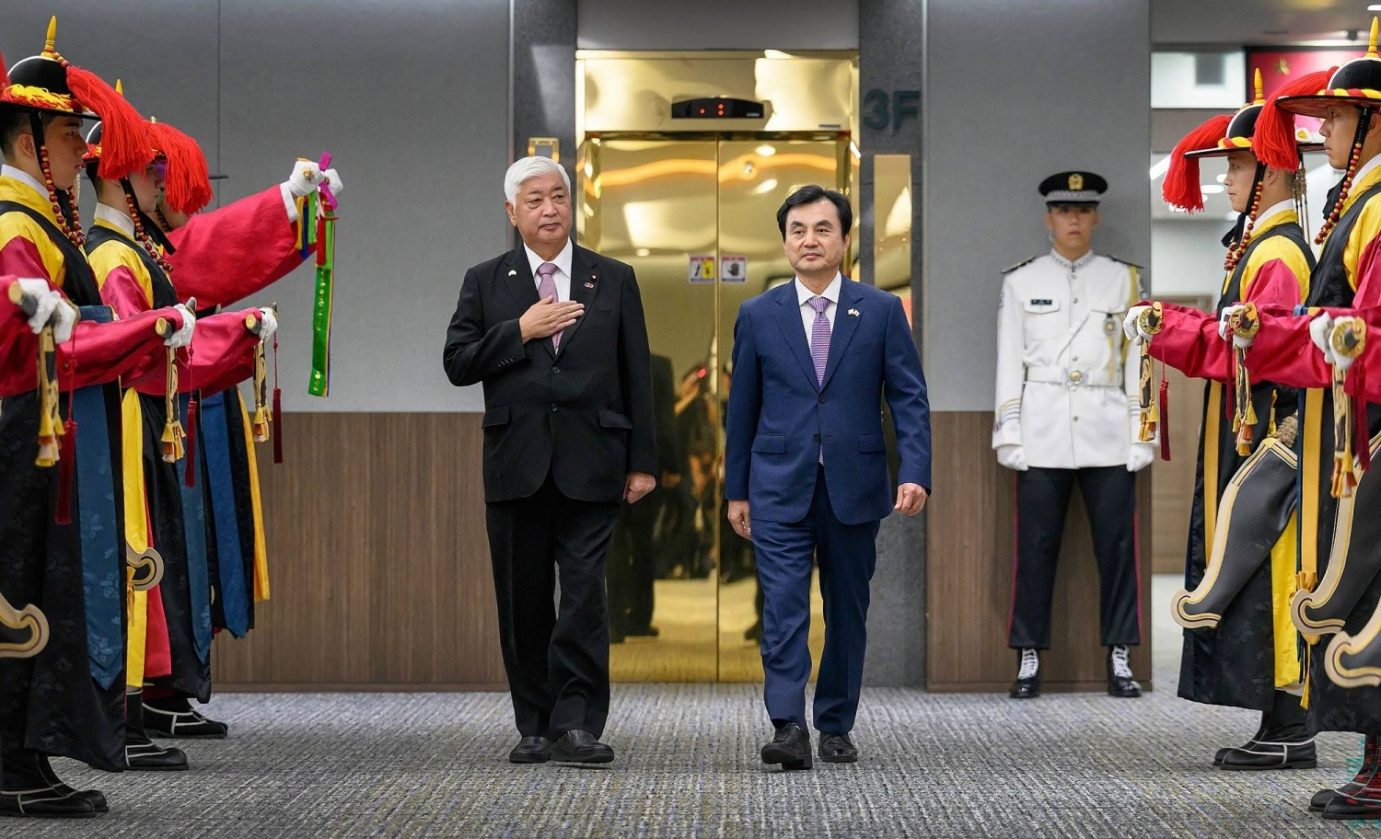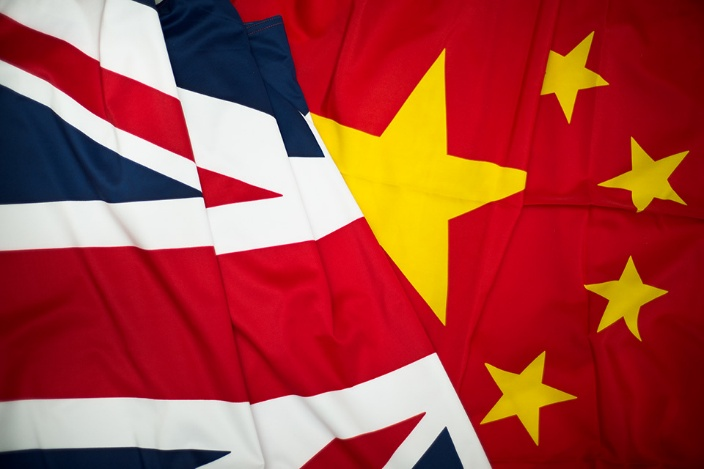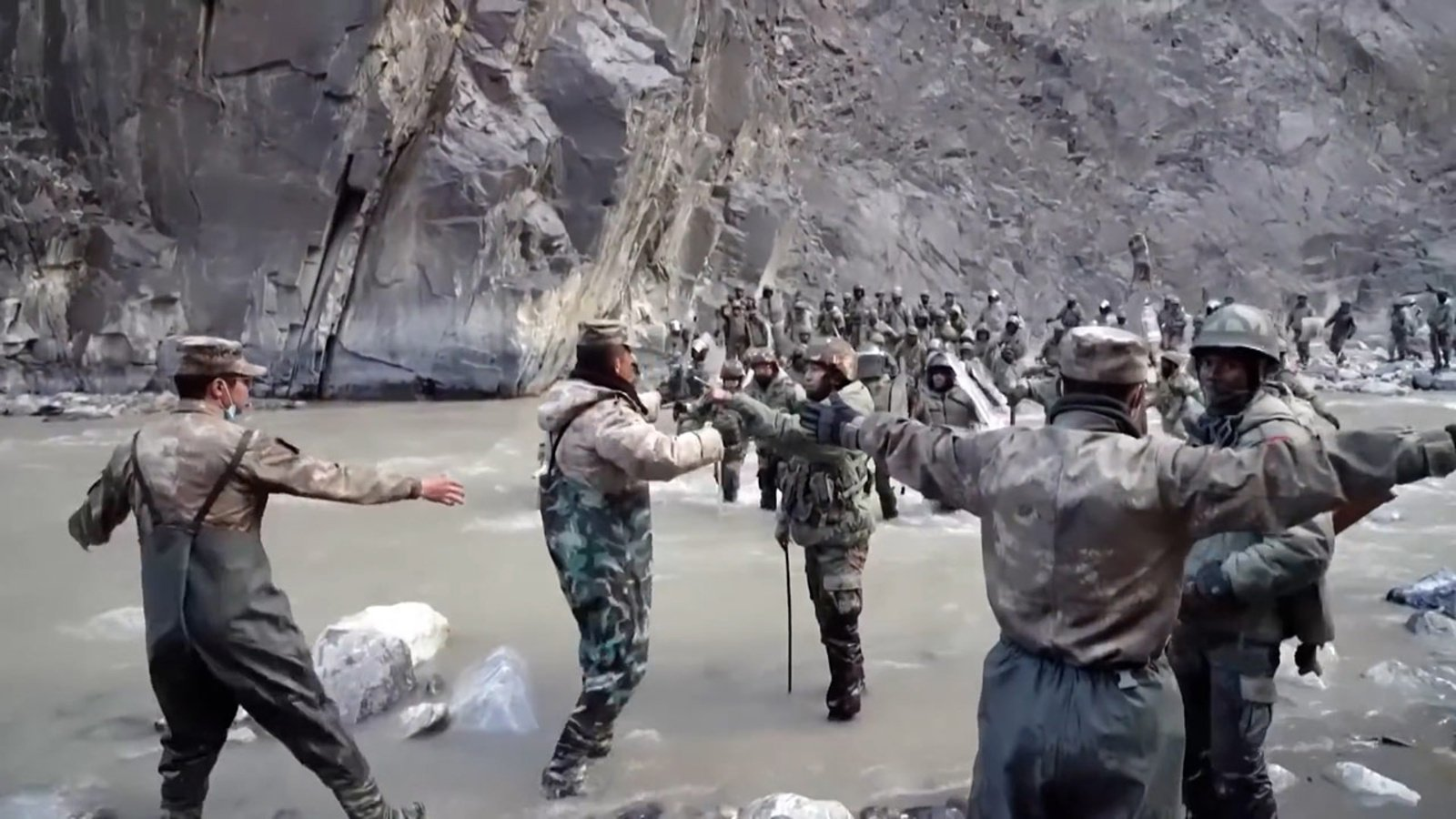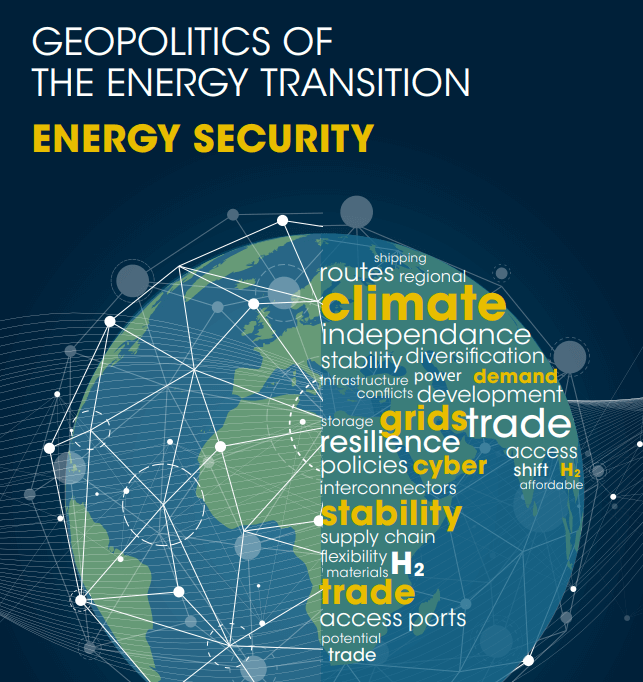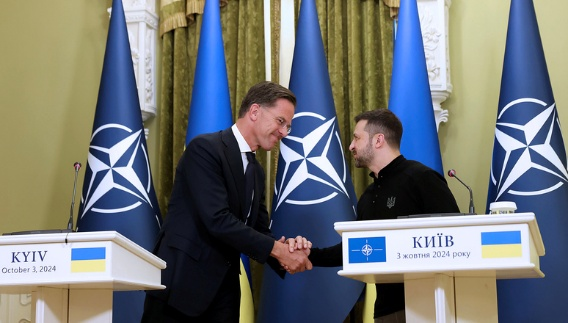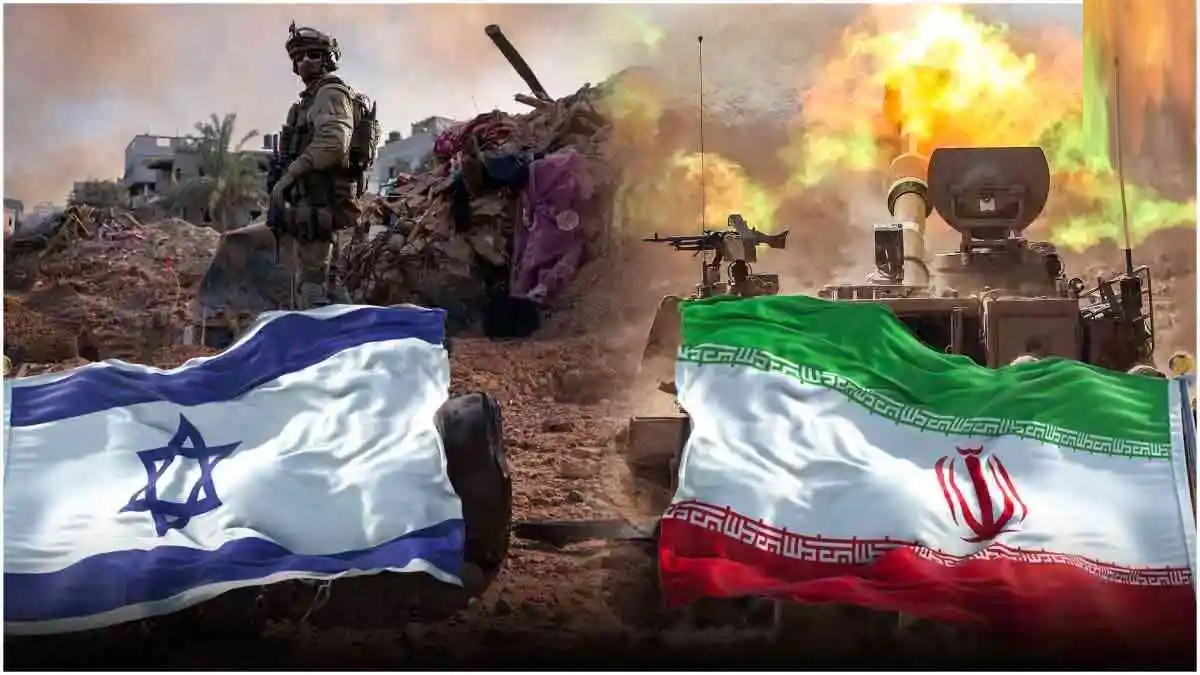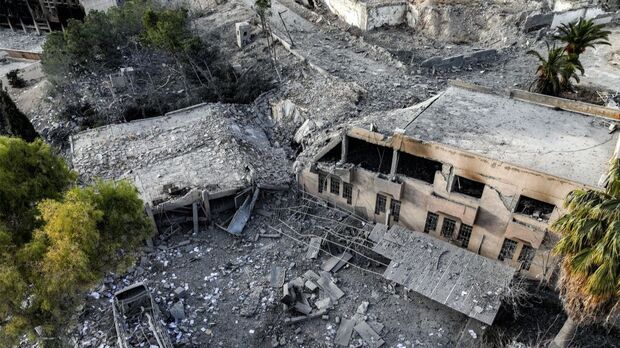Understanding the Conflict in Balochistan, Iran A Complex Tapestry of Ethnicity, Religion, and Governance
The Balochistan region in Iran, comprising Sistan and Baluchestan province, is a microcosm of socio-political, economic, and security challenges. With its strategic location bordering Pakistan and Afghanistan, the province is central to Iran's national security but also a hotspot for discontent and insurgency. This analysis delves into the key drivers, actors, and potential pathways for resolving the conflict in Iranian Balochistan.

Geopolitical and Cultural Landscape
Demographics: Balochistan is home to over 1.5 million Baloch people, the majority of whom are Sunni Muslims, in contrast to Iran's Shia-dominated population. Ethnic and religious divisions fuel long-standing grievances.
Geography: The province's location makes it a vital trade corridor, hosting the strategic Chabahar Port and sharing porous borders with Afghanistan and Pakistan.
Drivers of Conflict
Economic Marginalization: Balochistan is one of Iran's least developed provinces, with high poverty rates, inadequate infrastructure, and limited access to education and healthcare. Economic disparities exacerbate tensions between the region and central authorities.
Ethnic and Religious Identity: Marginalization of the Baloch language and culture, coupled with discrimination against Sunnis, intensifies a sense of alienation.
Insurgent Activity:
Groups like Jaish al-Adl (JUA) and Ansar al-Furqan engage in armed resistance, targeting Iranian security forces and infrastructure.
The conflict is fueled by cross-border influences from Pakistan's Deobandi networks and extremist groups like ISIS-K.
External Actors and Regional Dynamics
International Influence:
Iran accuses Saudi Arabia, Israel, and the U.S. of supporting Baloch insurgent groups.
The region’s instability is also a concern for China’s Belt and Road Initiative and India’s strategic investments in Chabahar Port.
Cross-Border Challenges:
Smuggling of arms, drugs, and fuel contributes to insecurity.
Fragile governments in Afghanistan and Pakistan add to border instability.
Government Strategies
Security Measures:
Iran’s Revolutionary Guards play a significant role in counterinsurgency operations.
Joint efforts with Pakistan to fence the border and curb militant activity have been initiated.
Economic Initiatives:
Development projects, including the Makran coastal plan and Chabahar-Sarakhs railway, aim to integrate Balochistan into Iran’s economic framework.
Decentralization Efforts:
Plans to divide the province into smaller administrative units aim to improve governance but are viewed with skepticism by locals as a means to dilute Baloch influence.
Challenges to Resolution
Lack of Trust: Decades of repression have eroded trust between the Baloch community and the Iranian government.
Extremism and Insurgency: The activities of militant groups and their links to transnational networks pose significant security threats.
Cultural and Linguistic Marginalization: Suppression of the Baloch language and cultural identity continues to fuel resentment.
Pathways for Stability
Inclusive Governance: Recognizing Baloch rights and promoting their participation in local and national governance can foster trust.
Economic Development:
Investments in infrastructure, education, and healthcare are critical to addressing economic grievances.
Expanding the role of Chabahar Port in international trade can generate employment and growth.
Security Cooperation:
Enhanced collaboration with Pakistan to tackle cross-border insurgency and smuggling.
Amnesty programs for militants willing to renounce violence.
Cultural Recognition:
Incorporating the Baloch language into the national curriculum and promoting cultural heritage can mitigate feelings of exclusion.
Conclusion
The conflict in Balochistan reflects broader challenges of governance and inclusion in Iran. Addressing the root causes of economic disparity, cultural suppression, and security threats requires a holistic and inclusive approach. Balancing development with respect for Baloch identity and fostering regional cooperation could pave the way for a more stable and prosperous future for the region.

